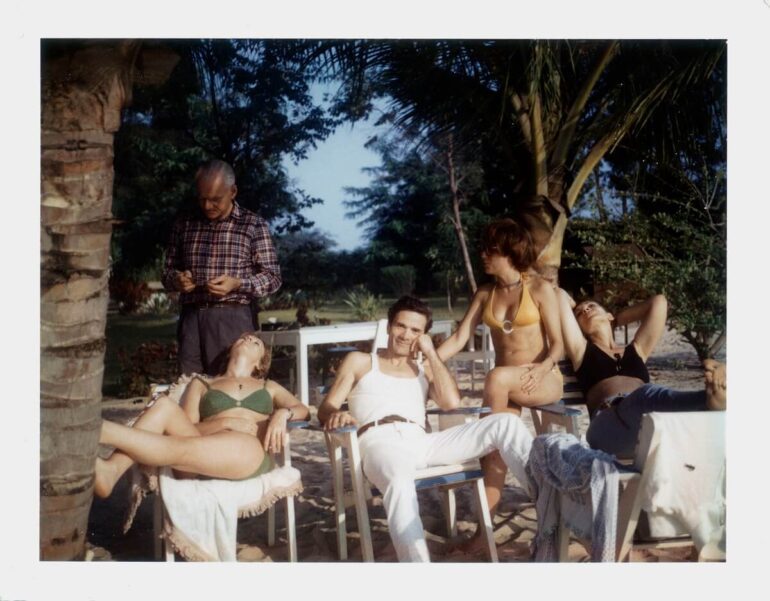A hundred years after his birth, three museum venues celebrate Pier Paolo Pasolini with the exhibition project Tutto è Santo
One hundred years after the birth of Pier Paolo Pasolini, on 5 March 1922, Rome pays tribute to the poet, director, writer and artist with a major exhibition project entitled Pier Paolo Pasolini, Tutto è Santo, in three museum venues.
One of these is Palazzo delle Esposizioni where the exhibition Pier Paolo Pasolini Tutto è Santo: Il Corpo Poetico, which can be visited until 26 February, is an all-round journey into Pasolini’s extreme love for life and the overflowing reality of the suburbs of Rome, and into his passionate and prophetic opposition to subjugations of any form as well as to homologising forces.
The soul of the writer fiercely in love with life, devouring its boundless abundance without limits, emerges in the itinerary, curated by Giuseppe Garrera, Cesare Pietroiusti, Clara Tosi Pamphili and Olivier Saillard, through the corporeity of the objects.
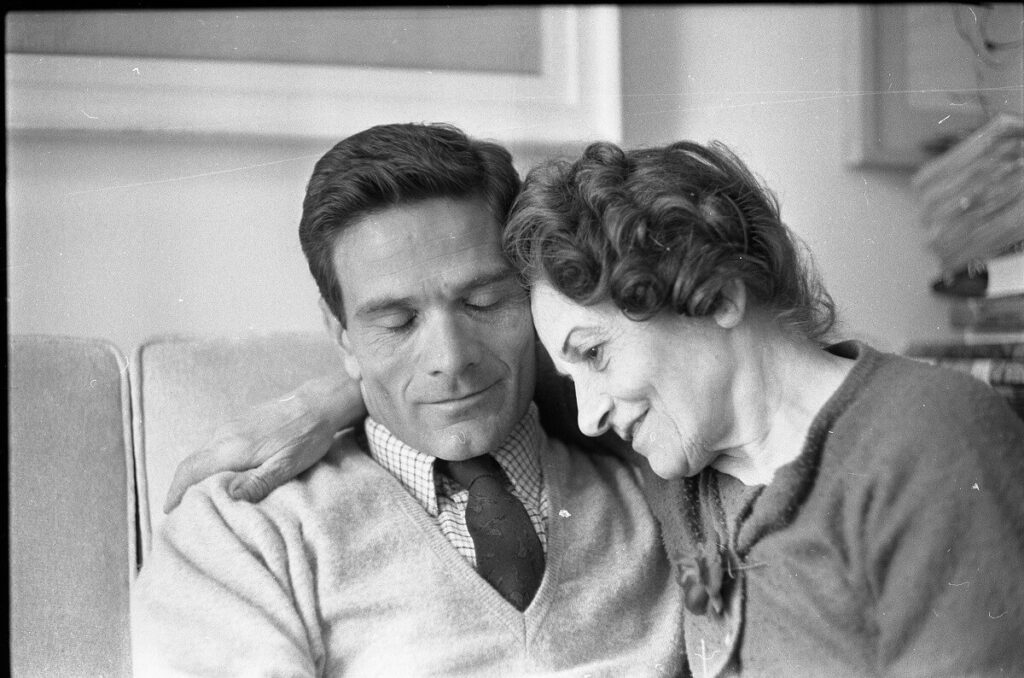
The films and photographs, alongside the testimonies of those who knew Pasolini, form perhaps the most exciting part of the tour. Pasolini in Mali photographed by Dacia Maraini, or again on the set of Comizi d’amore – a documentary filmed in 1965 touring Italy interviewing Italians on sexuality – gives way to newspapers of the time, first editions of books, magazines in which interviews, articles, speeches appear for the first time.
Looking like they were still lying on the actors’ bodies, the costumes from Pasolini’s films, made by Danilo Donati, characterise an interesting section of the exhibition co-curated by Olivier Saillard. The public scrutinises them as if they were still in the Farani tailor’s shop, similar to texts to be consulted, works from the archive of a museum dedicated to his cinema. Among these authentic works of art are the handmaid’s tunic from Re Edipo, the Aziz tunic for Ninetto Davoli in Il Fiore delle Mille e Una Notte, and the costumes from Il Vangelo Secondo Matteo, the first Pasolini film in which costumes have a fundamental expressive function.
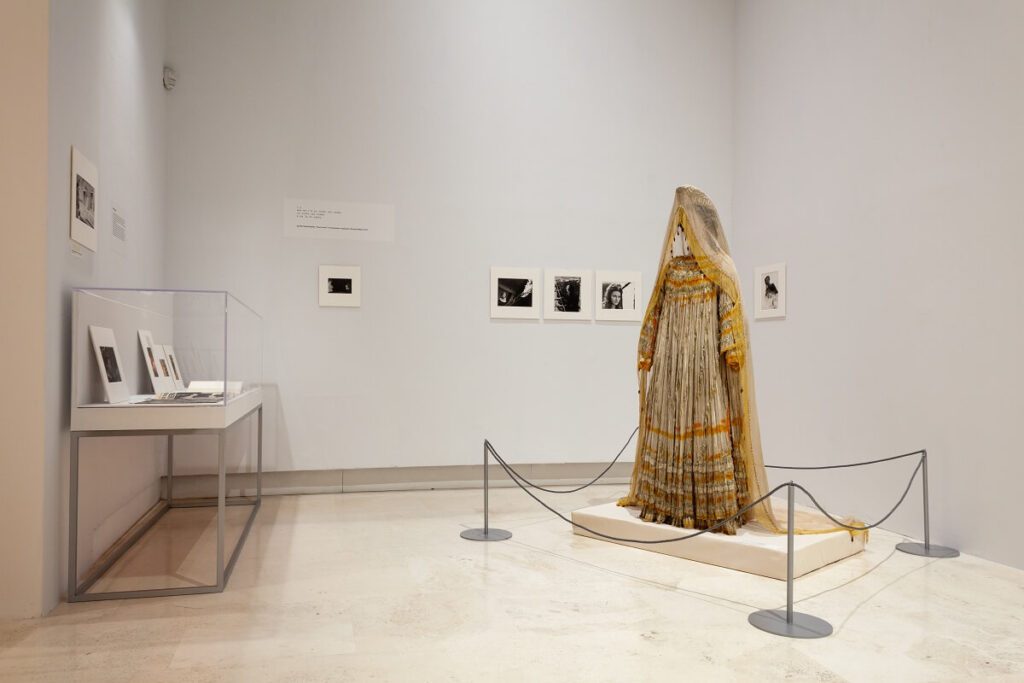
In addition to typescripts, mimeographs and films, there is also music to embellish one of the seven sections of the exhibition, with its selection of over 700 pieces. In the Voci – di Popolo e di Poeta (Voices – of the People and of the Poet) section, the recordings of workers’, revolutionary and protest songs, recorded and collected in the 1960s and 1970s, attest to an immense heritage that has now disappeared. Here the entire sound and musical production of Pasolini is presented to the public: the 33 and 45 rpm recordings of his voice, music and songs, as well as the librettos and images of performances by Laura Betti, Sergio Endrigo, Domenico Modugno and Gabriella Ferri.
This section also welcomes Canzonette, a vinyl specially made by Bomba Dischi, in collaboration with GUCCI, sponsor of the project, with Ariete, Franco126, CLAVDIO, Giorgio Poi, POP X & Giacomo Laser, a tribute to the music written and loved by Pasolini.
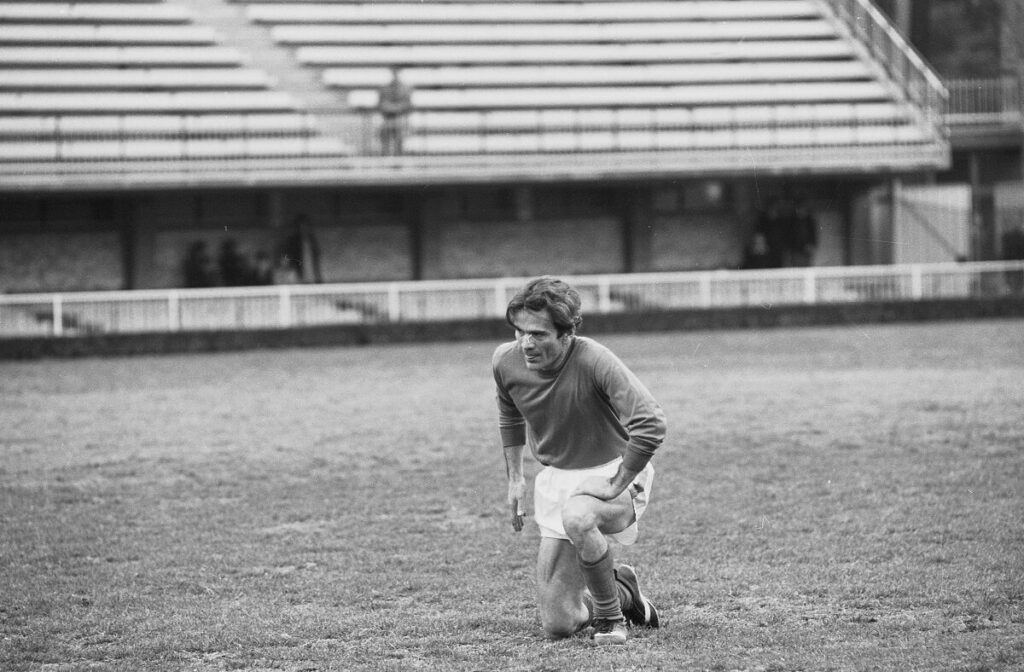
Moving on, more photographs: Pasolini at the Trullo, on football pitches, at the Flaminio stadium in 1975, in his home in Via Carini or in the flat in Via Eufrate, but above all in the suburbs of Rome.
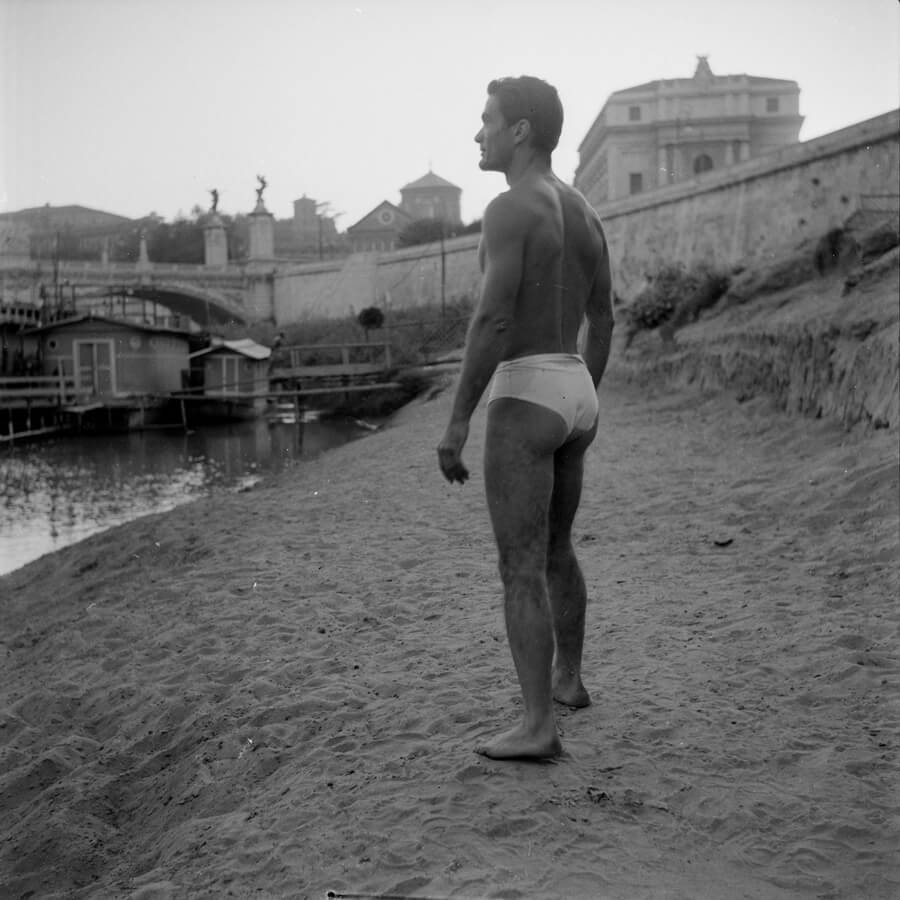
Then, testimonies of his encounter with the eternal city, the city where, after hastily leaving Casarsa and Friuli, Pasolini arrived at dawn on 28 January 1950 with his mother Susanna.
And two years later to his friend Giacinto Spagnoletti: ‘If you knew what Rome is! All vice and sun, crusts and light: a people invaded by the joy of living, by contagious exhibitionism and sensuality, filling the suburbs. I’m really lost in the middle here‘.
Among the memories of those who knew him is that of the poet Sandro Penna: ‘He was good, sweet and handsome. My boys would look at him and say: he looks like the moon‘.
“I am becoming Roman, I no longer know how to utter a word in Venetian or Friulian and I say li mortacci tua. I’m bathing in the Tiber”
he wrote to his cousin Nico Naldini.
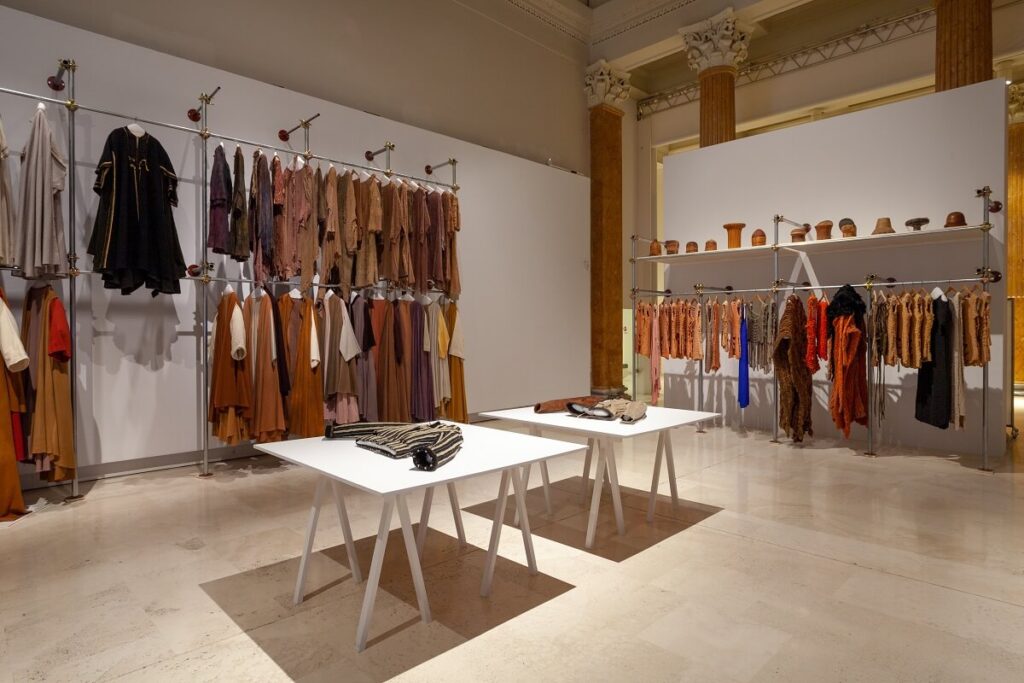
Before leaving the exhibition, visitors are invited to linger in the circular space of the Rotonda, transformed for the occasion into a large reading room with numerous editions of books on and by Pier Paolo Pasolini freely available.
The exhibition is part of the PPP100-Roma Racconta Pasolini programme promoted by Roma Capitale Assessorato alla Cultura with the coordination of the Dipartimento Attività Culturali.
Till 26 February 2023
Palazzo delle Esposizioni
Via Nazionale, 194
Opening time: Tuesday – Sunday 10am-8pm
Tickets: €10 (reduced €4-8)


